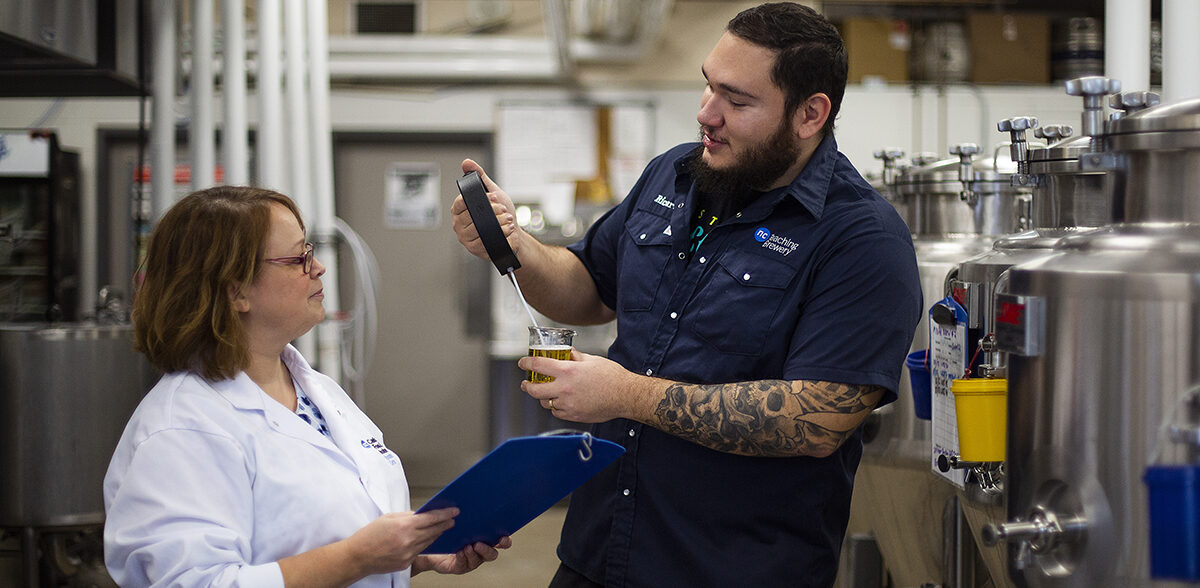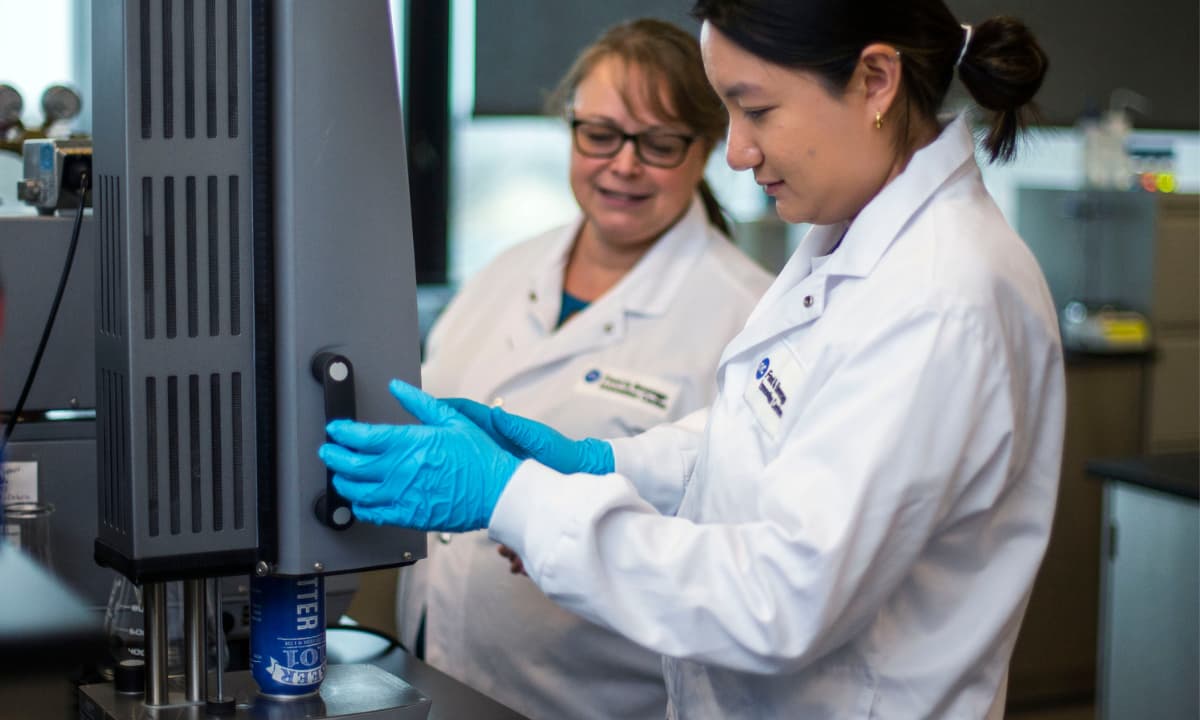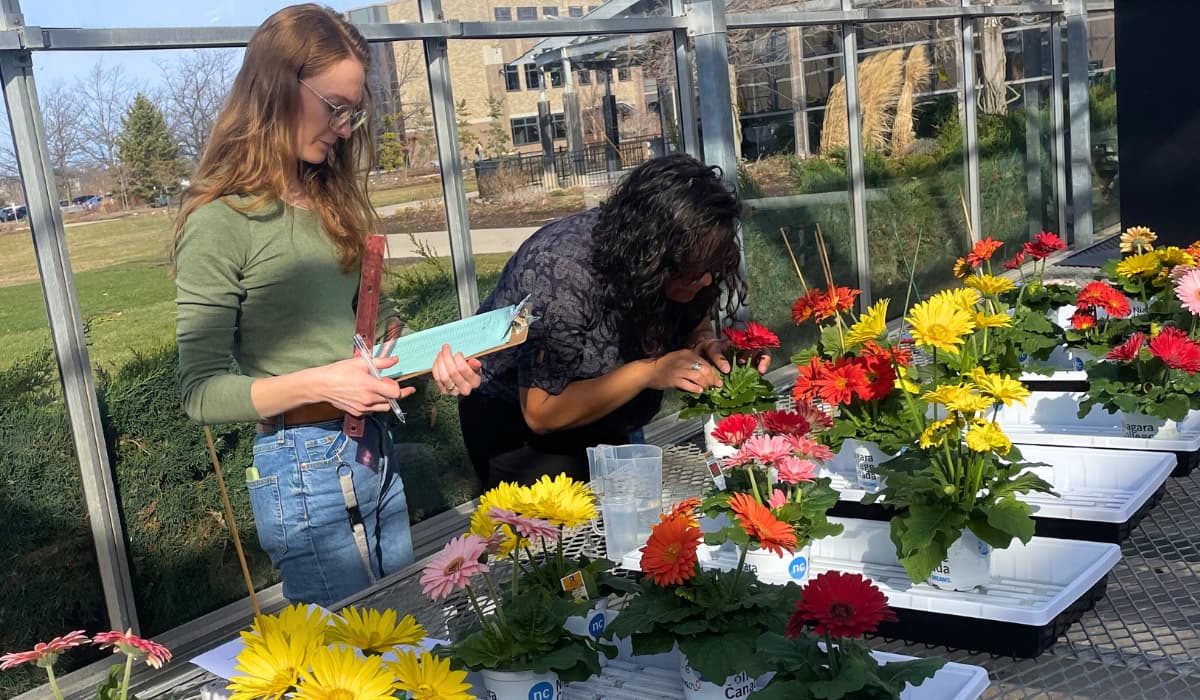Imagine being able to spot water stress, nutrition drift, or disease in plants before they show?
If you can do that, you save yield, resources, and sanity. That is exactly what the new Phenospex PlantEye F600 camera and DroughtSpotter system, located in the new Horticultural and Environmental Sciences Innovation Centre (HESIC) is designed for. We are excited to be able to explore the use of this technology to support research projects here at our research greenhouse.
Modern greenhouse production is a delicate balance between maximizing yield, optimizing resources, and maintaining plant health. While growers have traditionally relied on visual inspections and periodic manual measurements, these approaches are labour-intensive and often miss subtle but critical changes in crop performance.
The PlantEye F600 isn’t just a “fancy camera.” It is a high-precision 3D laser scanner intended for non-invasive, high-throughput plant phenotyping. Unlike conventional cameras that capture flat 2D images, the F600 creates accurate three-dimensional models of plants while simultaneously collecting spectral reflectance data in the visible and near-infrared range. Adding this ability into research projects provides a huge advantage. With this input, the system can automatically calculate a wide range of plant parameters such as:
- Biomass and growth rate – measured precisely over time without destructive sampling
- Leaf area index and canopy structure – crucial for understanding light interception and photosynthesis potential
- Spectral indices like Normalized Difference Vegetation Index, Normalized Pigment Chlorophyll Index, and Plant Senescence Reflectance Index – indicators of chlorophyll content, nitrogen status, and pigment composition, which reveal plant stress before it is visible to the human eye





